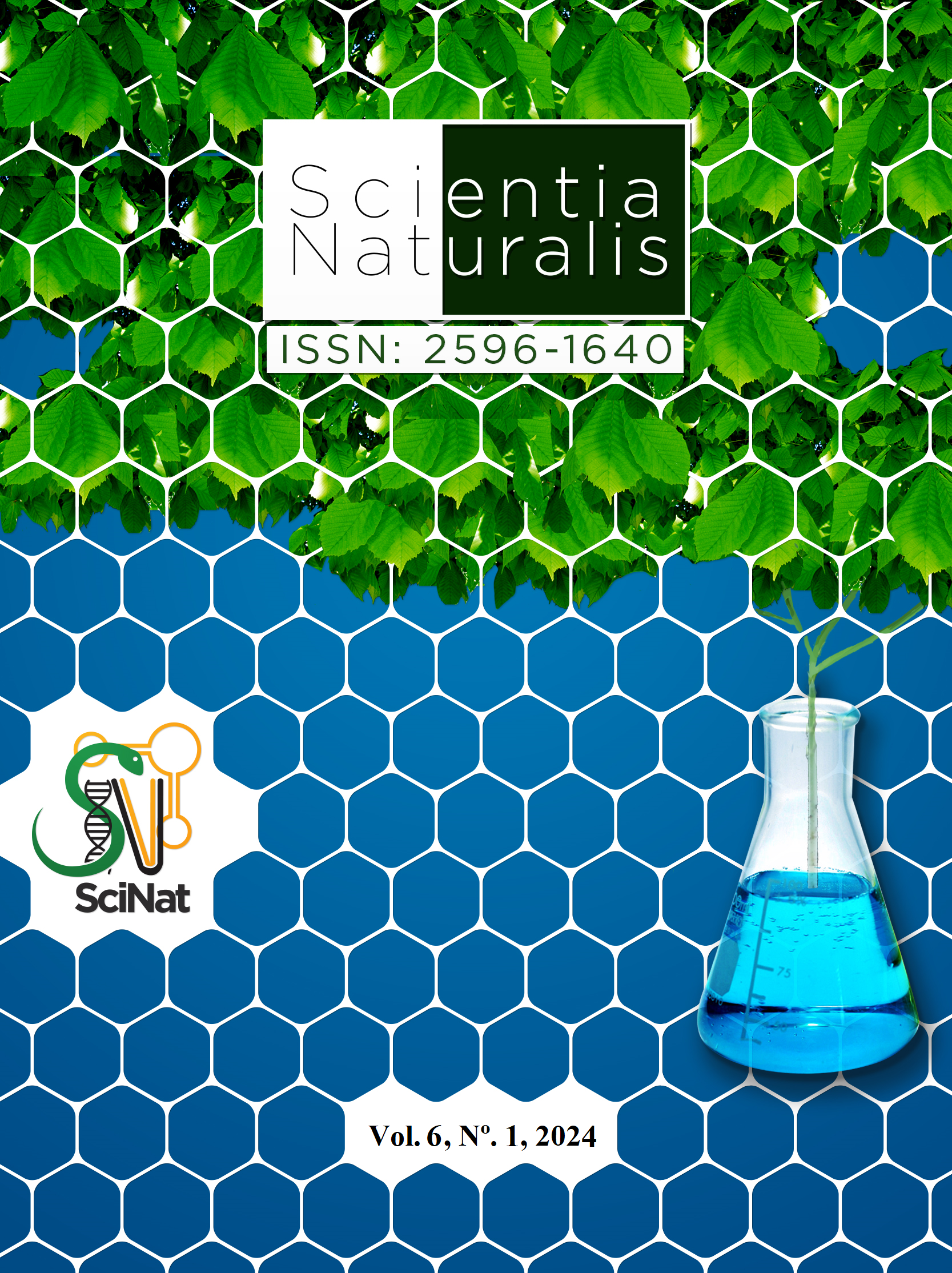Avaliação de mudanças de uso e cobertura da terra em território indígena na Amazônia brasileira
DOI:
https://doi.org/10.29327/269504.6.1-10Resumen
A acelerada degradação dos recursos florestais é uma atividade antrópica em escala mundial. A degradação altera a paisagem natural e impacta o modo de vida de comunidades tradicionais ao reduzir sua área de ocupação por motivo de invasões ilegais e ao diminuir a disponibilidade de recursos naturais essenciais para a sobrevivência e geração de renda das famílias. O objetivo da pesquisa foi analisar as mudanças de uso e cobertura da terra na Terra Indígena (TI) Trincheira Bacajá, Pará. Por meio da Classificação Supervisionada Interativa das imagens de satélites Landsat 5 TM (1996) e Landsat 8 OLI (2020), foram definidas as classes de cobertura da terra floresta, hidrografia e área antropizada para o macrozoneamento (Área Total, Área de Amortecimento e Área da TI). e microzoneamento da área de estudo em 16 regiões. A análise da acurácia da classificação foi obtida por meio da matriz de erro e validada pelo índice de concordância Kappa. A Área da TI obteve a menor área de floresta convertida em áreas antropizadas e a Área de Amortecimento obteve maior taxa de desmatamento. As microrregiões Su-sudeste (SSE), Lor-nordeste (NNE) e Sudeste (SE) foram as mais antropizadas, coincidindo com as áreas prioritárias para controle de desmatamento definidas na plataforma MAPBIOMAS.




